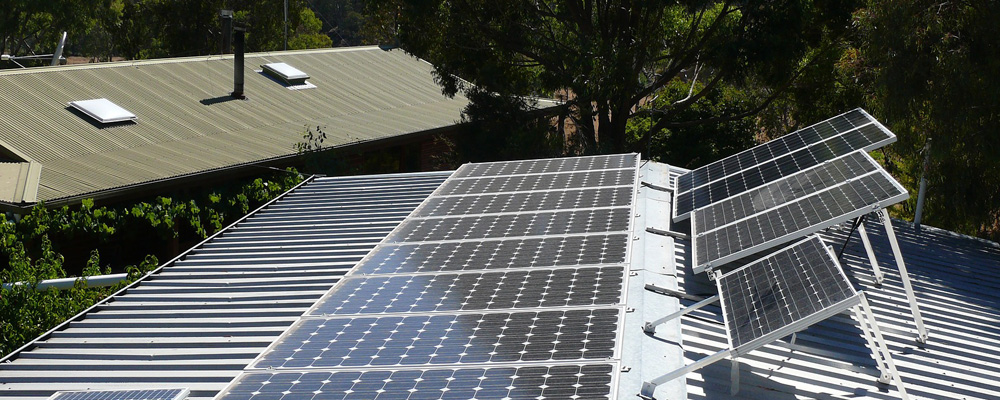Utility scale solar farms will account for roughly 70 percent of the new solar power coming online this year. Will rooftop solar installations become less common in the future?
The cost of electricity from a 300 MW solar panel farm is roughly 1/3 to 1/2 of the cost from 300 MW worth of individual 5kW rooftop systems. According to a 2015 study by First Solar, a utility scale solar farm incurs 50% less carbon emissions when compared with an equivalent amount of rooftop solar. With the recent successes of utility scale solar farms, governments are wondering if they should stop pushing rooftop solar.
The reasons for the differences in cost and performance between solar farms and rooftop solar include:
- Economies of scale with solar farms.
- Optimized panel orientation and tracking systems used in solar farms.
- Better installation locations for solar farms.
Based on a pure cost-per-watt analysis, developing solar farms over rooftop solar is a no-brainer. However, we should consider the following factors before completely disregarding rooftop solar:
- Rooftop solar typically does not require the installation of new transmission lines.
- Rooftop solar does not require additional land. This is especially important in areas where the land is fertile and suited for farming.
- Rooftop solar offers users more independence. In particular, regions with net metering and FIT programs allow residents to sell their electricity directly back to the grid.
In our opinion rooftop solar will continue to grow in the short term, but utility scale solar will be the eventual winner. The reason is that mass adoption of rooftop solar requires government incentives, and it will be tough for the government to continue offering these incentives if there is a cheaper alternative (eg. utility scale solar).
